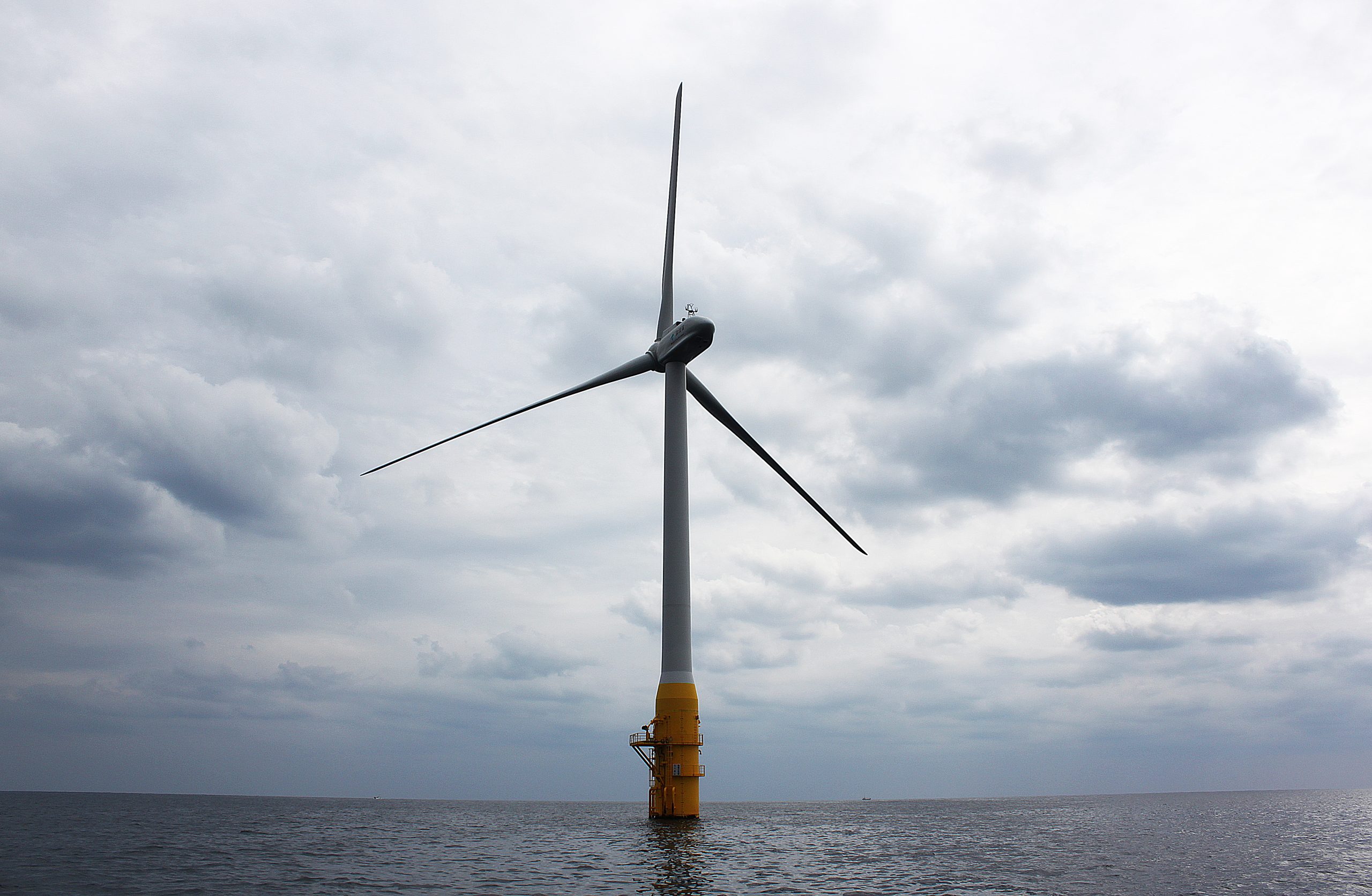As the pace of adding new solar farms slows and onshore wind farms face greater scrutiny from local officials, offshore wind may prove the best route to expand Japan’s renewables capacity in the coming decades. The challenge, however, is deciding and then developing the type of wind turbines that are most optimal for Japan’s coastal waters.
There are two types of offshore wind turbine platforms – fixed bottom and floating. Fixed-bottom are best for waters that are less than 80 meters deep, while floating platforms can perform well in waters that are 100 meters and deeper.
Plans to develop fixed-bottom wind farms in Japan are well underway, but experts and companies are looking at the next step — floating offshore wind technology, because of its many advantages. As the R&D is still in an experimental stage, it’s difficult to predict which turbine and floating platform will win out, but several projects are emerging as front-runners.
For those companies that develop the most efficient turbine for Japan, the prize is what some experts say could be the world’s largest floating offshore wind market. With surveyed potential estimated at 424 GW, according to the Japan Wind Power Association, floating wind technology offers triple the opportunity in terms of capacity than fixed-bottom units.

